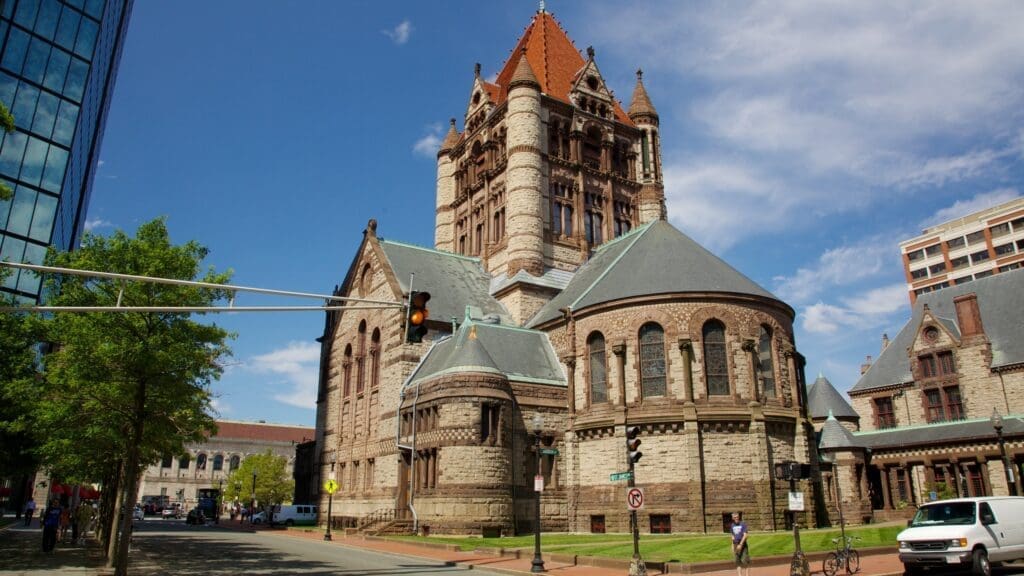The emergence of new field
The author article – an experimental approach to urban design – is broken down into three parts. Part 1 describes how urban design emerged as a new profession. He shows an institution contribution after 1956 series conferences meetings held in international organizations headquarters. Several main players that supported the emergence of this profession from different academic and professional fields. The author gives his definition of urban design, architecture , planning and landscape architecture . He assumes that urban design links the three professions mentioned previously. The three professions have a strong interaction between them through the planning process .
The paper shows that urban design is linked to architecture and how it is affected by tech development. Technology influenced methods of construction that accordingly affected building character. Another influence is mechanical installation systems development on the way buildings are designed. Urban design is used to display order. The author illustrates this order not only in design but in all previous and ongoing research and analysis of urban form to transfer knowledge to future generations.
The research and studies of urban form aim to define the high standards in villages and town’s design in the past. These standards became an urban design typology of past design. The design typologies in the built environment as the author’s emphasis build an accidental perceptual image. An image where people were not actively involved in building it. He introduces his hypotheses of chaos in building perceptional image in urban design to planning where perceptional goodness is haphazard. Previous planning practice, components of the built environment were not built upon design principals but personal qualities and taste.
Experimental approach to urban design theory application and testing on urban space features
Part 2, the author describes the processes and procedures in conducting the testing within the perception theory. The subject and objects participating in the process as well as the tools and media used. He illustrates how the theory is involved in how people understand the environment and how it is perceived. And describes the tools and media used in the theory’s experiment. The author illustrates how the brain record bits of information and how people react to scene images and after what time and intervals they are stored.
According to these tests and reaction’s people’s behavior become predictable. Predicting behavior to define a set of measures that professional should consider in the design process. Urban designer to consider these measures to produce acceptable and preferred images of the built environment. He finally shows the theoretical background of sensory system work and the process of perception according to this theory. The sensory system work include’s, constructive by gathering and prioritizing images upon its importance. Assimilation and analysis of these images to compare with experience whether it is accepted or rejected. Response and reaction to the full images subject of internal imagery processing.
Part 3, the author describes the experiment. Through this experiment, subjects from different backgrounds are tested to see what a person sees and what he focuses on when seeing things in urban space. The subject’s responses were analyzed and categorized into three criteria:
- Density of response: how many times the objects are repeated.
- Saturation: the object has no more effect on response to understanding the urban scene.
- Ambiguity: different elements were used and repeated.
The experiment illustrates the integrative perception process contribution to design in understanding specific elements of shapes, colors, forms, voids. As well as dominant form or character in buildings or changing shape or organization of forms in the scene, in the experiment heavy emphasis on the open space and its components cars and people.
Criticism
The author emphasizes the interaction and integration of urban design and planning as one field and provides a definition that integrates both in creating the built environment. The two fields cannot be an integrated discipline for various reasons.
First, urban design is conducted by a design base professional, whether he is an architect or landscape architect or related design field. Planning is conducted by a professional with varying education background, starting from geography and history to politics and economy.
Second, the urban design process aim to create a physical component in the built environment, but the planning process aim is to solve or enhance a socio- economic problem through its political policy.
Third, the methods and techniques used in the urban design process is to high percentage related to architectural and engineering theories , but social theories and methods and techniques play a major role in the planning process in creating a policy to resolve a socio- economic problem.
Fourth, implementing and monitoring of the urban design product is done by design base standards and regulations, but the planning product is implemented and monitored through indicators and measures built specifically for that purpose. Perception theory may assist in the urban design process in: the urban designer understand what type of features in urban space is more attractive for users, what type of landscape design and arrangement may contribute to human comfort and wellbeing , color and texture that is mostly having positive effect on human behavior in attracting them to certain environment or nearby activity , to understand the type of building arrangement the positively attract people for social external activity . Due to various affects for people taste in the various factors mentioned previously it may be categorized, and the highest ranked will support the urban design process and final product.
you can download the original paper from this website if you are interested.

[…] An experimental approach to urban design theory. […]